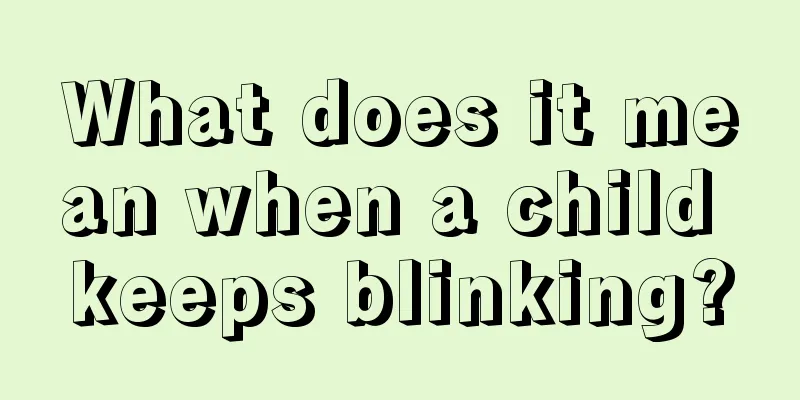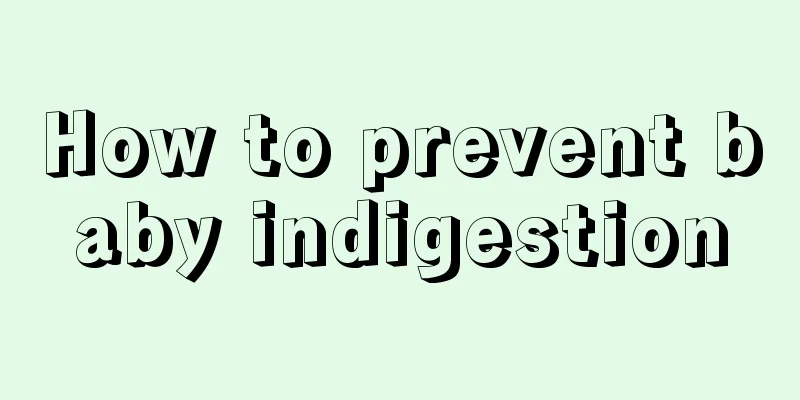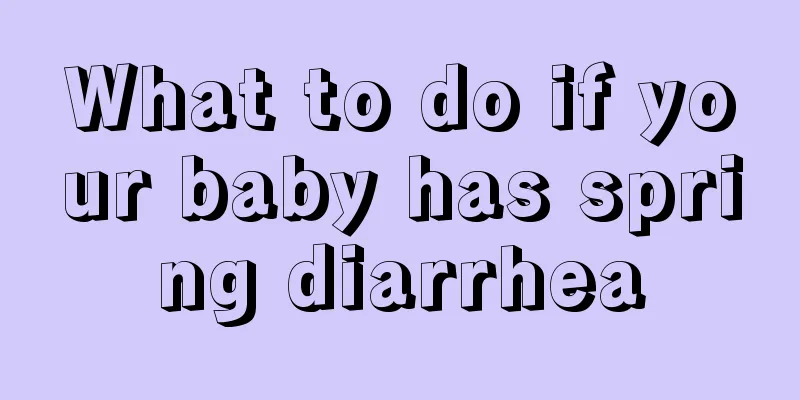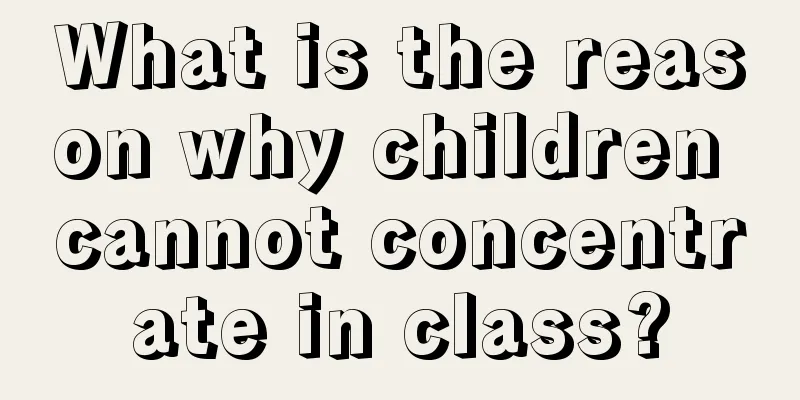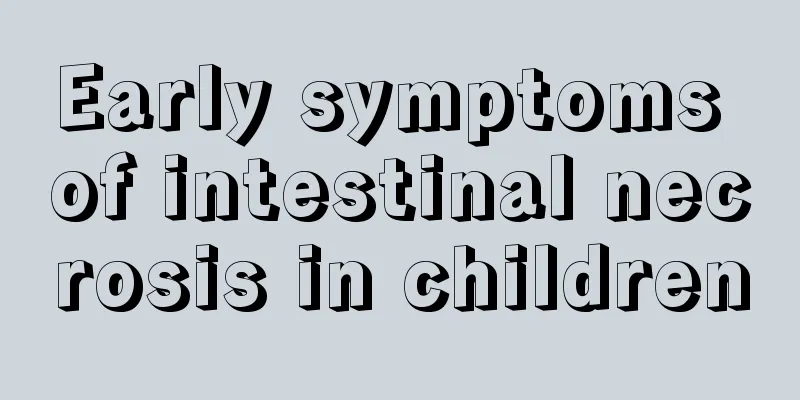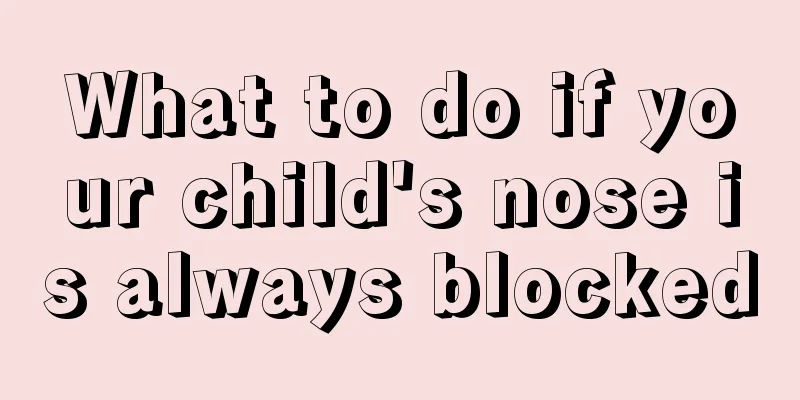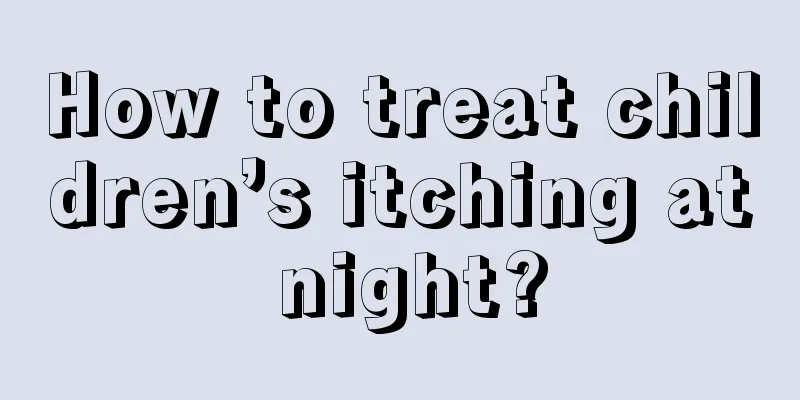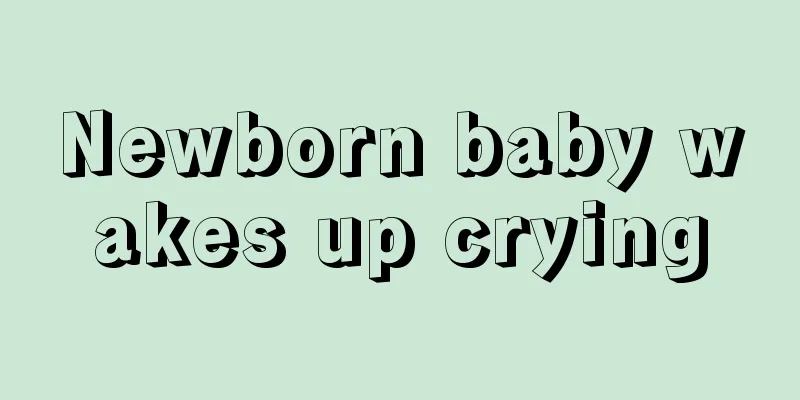What are the symptoms of baby fever
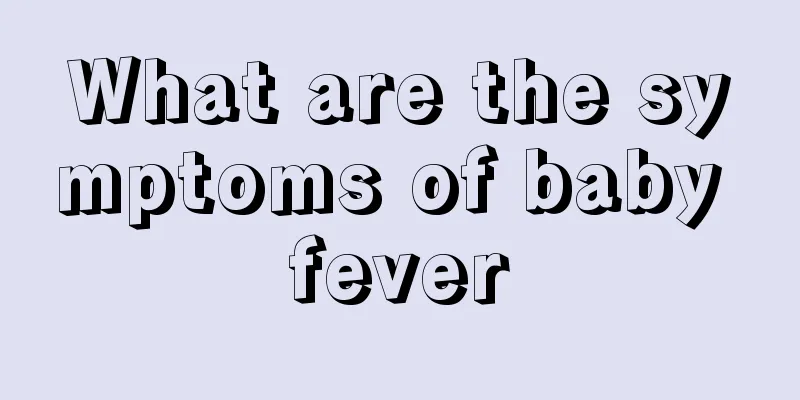
|
Food fever mainly refers to fever caused by food accumulation. This symptom is very common among infants and young children. It is mainly because the baby's digestive system is not yet fully developed. If the baby eats too much, it will cause food accumulation in the stomach, which will lead to indigestion and fever symptoms. Sometimes it will cause high fever, loss of appetite, etc. Let’s take a look at the symptoms of food fever in babies. What are the symptoms of baby fever Indigestion in children can cause persistent high fever in children. This is because if indigestion persists for a long time, it will accumulate and turn into heat, causing fever. In addition, indigestion will lead to further decline in spleen and stomach function and decreased resistance, and once affected by external evil, it is easy to have a fever. It is reported that young children have symptoms of indigestion and fever. Children with indigestion often have a thick and greasy tongue coating, especially the middle part of the tongue. They also have symptoms such as a bad taste in the mouth and abdominal distension after eating. Infant and child doctors point out that paying attention to the following small details can help determine whether the baby has food accumulation: 1. The baby keeps turning over and over during sleep and sometimes even grinds his teeth. 2. The baby's appetite, which had been very good recently, has shrunk again, and his appetite is obviously poor. 3. You will find that the sides of the baby's nose are blue and you can smell a sour and rotten smell in his breath. If you are sure that your child has indigestion, you don't have to rely solely on medication. Some dietary therapies and some dietary therapy methods are very effective in treating indigestion in children. Experts suggest that children should eat less and drink more water, and eat more radishes, yams and other foods that are easy to digest and relieve gas. At this time, you can ask a Chinese medicine doctor to prescribe some prescriptions for digesting food and relieving stagnation, or you can boil 6 grams of Jiao Sanxian and fried chicken gizzard lining in water, and let your child drink it as a beverage for one or two days. This can generally eliminate the initial simple food accumulation. If your child eats too much meat, he can take some large hawthorn pills. The Three Immortals of Jiao refer to burnt hawthorn, burnt malt, and burnt Shenqu. Among them, the burnt hawthorn is for removing meat accumulation, while the burnt malt and burnt Shenqu are for clearing away grain accumulation. Fried chicken gizzard lining has the effect of removing blood stasis and eliminating accumulation, and is very beneficial for promoting spleen and stomach function. Chicken gizzard lining is the yellow membrane inside the chicken gizzard. When you eat chicken at home, you can take out the chicken gizzard lining, dry it, bake it, and then grind it into powder. You can also buy ready-made chicken gizzard lining directly from the pharmacy. How to reduce fever in children What should you do if your child has a fever? How can you reduce a child’s fever? The editor will introduce it to you below. 1. Wipe with warm water or take a warm bath: Wipe the child's head, armpits, limbs with a warm and wet towel or take a warm bath, scrub the skin more to promote heat dissipation. 2. Foot soaking can promote blood circulation, relieve discomfort, and lower the baby's body temperature. You can use a large basin or a small bucket to soak your feet. Pour 2/3 of the basin with water. The water temperature should be slightly higher than usual, based on what your baby can adapt to. When soaking the baby's feet, the mother can rub the baby's two little feet, which can not only dilate the blood vessels but also relieve the discomfort caused by fever. 3. Ice compress: You can use a small amount of ice compress appropriately and apply ice or cold compress on the baby’s head or large blood vessels. But be sure to wrap a layer of cloth around the ice bag to prevent local frostbite on the baby's skin, and babies under 6 months old should not be given ice compresses. There is still much controversy about the pros and cons of this approach. It is generally believed that ice compresses do more harm than good, because they may cause the capillaries in the baby's skin to contract, hindering heat dissipation and causing the body temperature to be higher. Especially if accompanied by chills or shivering, ice compresses should not be used. 4. Apply wet compress with a warm towel. Wipe the baby's limbs with a warm towel, or apply a wet towel to the forehead to help reduce fever. 5. For medication to reduce fever, generally choose cooling patches or cooling suppositories. You can also choose oral solution or granule dosage forms. For infants under 1 year old, it is best to use drops because the drug concentration in drops is small and less irritating. |
<<: Early symptoms of hydrocephalus in infants
>>: Symptoms of parasite infection in babies
Recommend
What causes chest pain in girls?
Chest pain often occurs in girls in daily life. T...
What to do if your child has a cold and fever repeatedly
Colds and fevers are actually very common disease...
Prevention and treatment of scarlet fever: prevention and treatment to reduce harm
If a child contracts scarlet fever, he or she wil...
Baby's deciduous front teeth are crooked
Deciduous teeth are a type of teeth that appear i...
Why is my child's urine red?
If a child has any health problems, parents will ...
Early symptoms of hepatitis in babies, parents should learn to make comprehensive judgments
Babies will show a series of symptoms after suffe...
What should I do if my child has shazi?
Shazi on children is a relatively common skin phe...
How to treat IGA nephropathy in children?
Some children suffer from certain kidney diseases...
What are the benefits of eating pig tails for children?
Pork can be said to be the most common type of me...
How to physically reduce the temperature of a child’s fever?
Children's physical constitution is not as go...
Symptoms of delayed physical development in infants
Physical retardation is a manifestation of childh...
The complete solution for babies vomiting after every feeding
Why does my baby vomit every time after feeding? ...
Causes of high hemoglobin in children
If a child has high hemoglobin, it is particularl...
What are the symptoms of anemia in children?
There are many reasons that can cause anemia in c...
How to treat cataracts in children?
Nowadays, many children in society suffer from ca...
